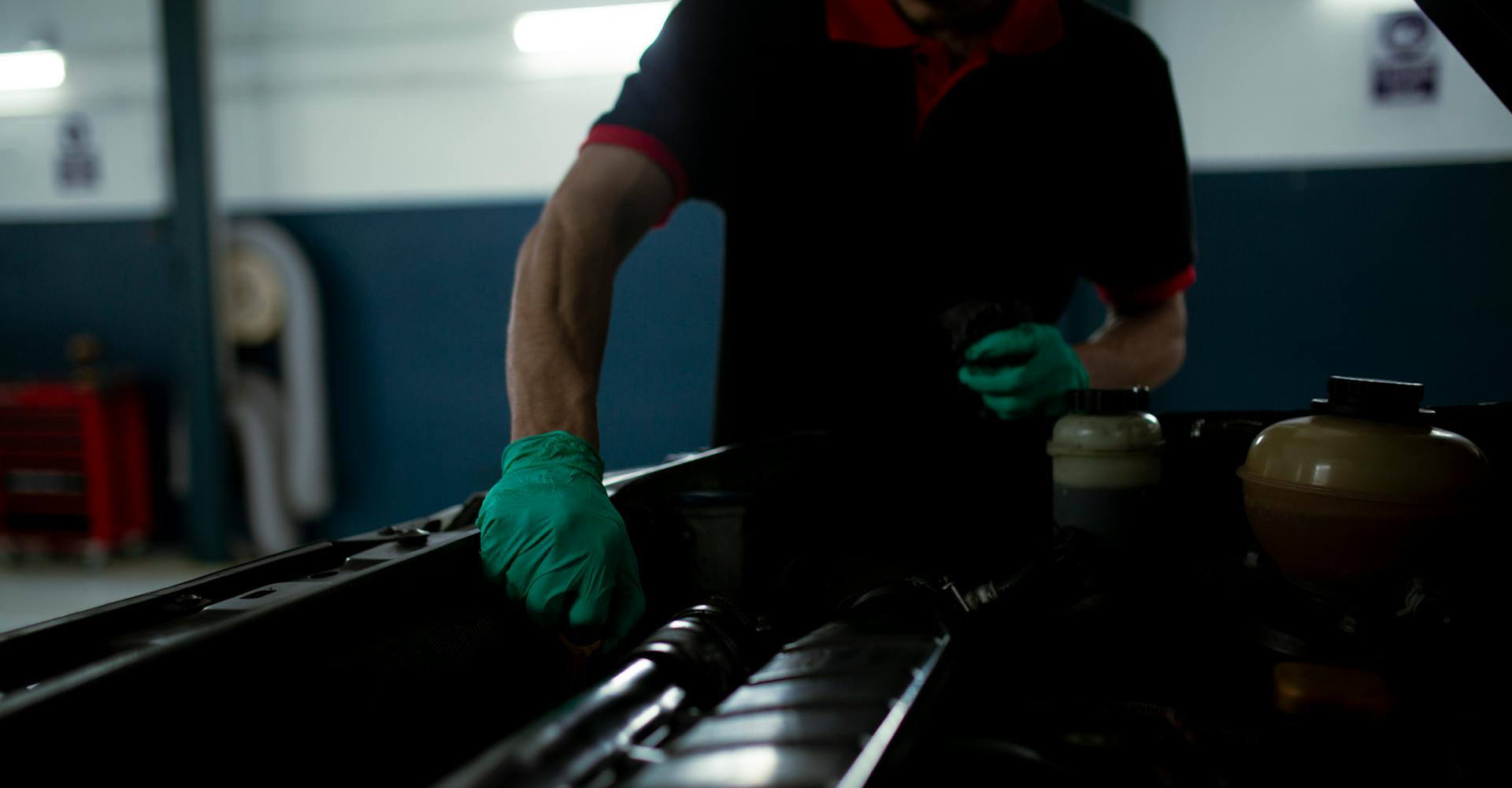format_quoteCarTango is Changing the Game — Want In?
Be among the first to know — and get exclusive perks at launch.Launching Soon
 access_time_filled
Become an Early-bird
access_time_filled
Become an Early-bird
 access_time_filled
Become an Early-bird
access_time_filled
Become an Early-bird

The MOT test is a legal requirement for almost all vehicles in the UK that are over three years old. It serves a dual purpose: ensuring your car is safe to drive and confirming it meets environmental standards. While the MOT itself doesn’t cover every mechanical issue, it focuses on components that directly affect safety and emissions.
Many drivers approach the MOT with anxiety, fearing unexpected failures or expensive repairs. However, understanding the test and preparing in advance can dramatically reduce stress and increase your chances of passing first time. In this guide, we’ll walk through what’s checked during the MOT, common reasons vehicles fail, and practical tips for preparation and maintenance.
The MOT test is divided into several categories, each focusing on key aspects of your car’s safety and emissions. Here’s a detailed breakdown:
Examiners check the Vehicle Identification Number (VIN) to confirm the car’s identity.
Your registration plates are inspected for legibility and correct spacing. Plates that are dirty, damaged, or incorrectly displayed can lead to minor failures.
Practical tip: Clean your plates and check your VIN matches your registration documents.
All lights, including headlights, tail lights, brake lights, indicators, fog lights, and number plate lights, are tested.
Pro tip: Test lights before the MOT and carry spare bulbs.
Examiners check for excessive play in the steering, worn suspension components, and proper alignment.
A thorough pre-MOT inspection can catch problems like worn shock absorbers or bushings early, saving money.
Windscreen wipers must clear the screen effectively, and the washer system should function correctly.
Practical tip: Replace wiper blades and top up washer fluid a week before your MOT.
The windscreen must be free from excessive cracks or chips, especially in the driver’s line of sight.
Small chips can spread quickly, so repairing them before the MOT often prevents failure.
Safety insight: A compromised windscreen reduces visibility and may affect airbag deployment.
All seatbelts are checked for damage, proper anchoring, and operation.
Practical tip: Check each belt for smooth operation and ensure retractors function properly.
Braking efficiency and condition are assessed, including handbrake operation.
Safety reminder: Brakes are critical for preventing accidents; regular inspections are essential.
Tyres must meet minimum tread depth (1.6mm across the central three-quarters) and be free from cuts or bulges.
Tyre pressure isn’t part of the MOT but is important for handling and fuel efficiency.
Pro tip: Check tyres for wear and rotate them if needed before the MOT.
Examiners measure emissions to ensure your car meets legal environmental standards.
Leaks in the exhaust or failing catalytic converters can cause failures.
Regular servicing and avoiding short trips can help maintain efficient emissions.
Checks for leaks, secure fuel caps, and general safety.
Safety concern: Fuel leaks can be extremely hazardous, so addressing even minor drips promptly is important.
Structural integrity is assessed, including rust that could weaken the vehicle or sharp edges that may injure pedestrians.
Minor cosmetic rust usually won’t fail the MOT, but severe corrosion affecting safety points will.
All mirrors must be secure and free from cracks that obstruct vision.
Safety tip: Adjust mirrors before the MOT to ensure they provide a full field of view.
Understanding why vehicles fail can help you prevent surprises. The most common reasons include:
Each of these failures is often preventable with a bit of preparation. Checking and maintaining your car regularly not only helps pass the MOT but also improves safety and performance.
Conduct a thorough self-inspection a week or two before your test. Check lights, wipers, tyres, brakes, and fluid levels.
MOT stations can be busy; scheduling ahead reduces stress.
Ensure your logbook (V5C), previous MOT certificate, and service history are available.
If you notice any warning signs—like brake noise or steering vibration—get them repaired before the test.
A tidy vehicle helps the examiner see components clearly and reflects well on you as an owner.
Reviews and recommendations can guide you to a trustworthy MOT station.
Failing the MOT is not uncommon, and minor issues often result in a “failure with advisories” notice, giving you time to make corrections. For more serious problems, you may need a re-test. Key points:
You cannot legally drive without a valid MOT unless driving directly to a pre-booked repair appointment.
Keep the failure certificate—it lists reasons and can help the garage fix issues efficiently.
The UK MOT test is more than a bureaucratic requirement—it’s a crucial safety checkpoint for drivers and other road users. Understanding what’s tested, common failure points, and proactive maintenance can make the process straightforward and stress-free.
By following the steps in this guide, you’ll increase the chances of a smooth MOT experience and keep your car in top condition year-round.